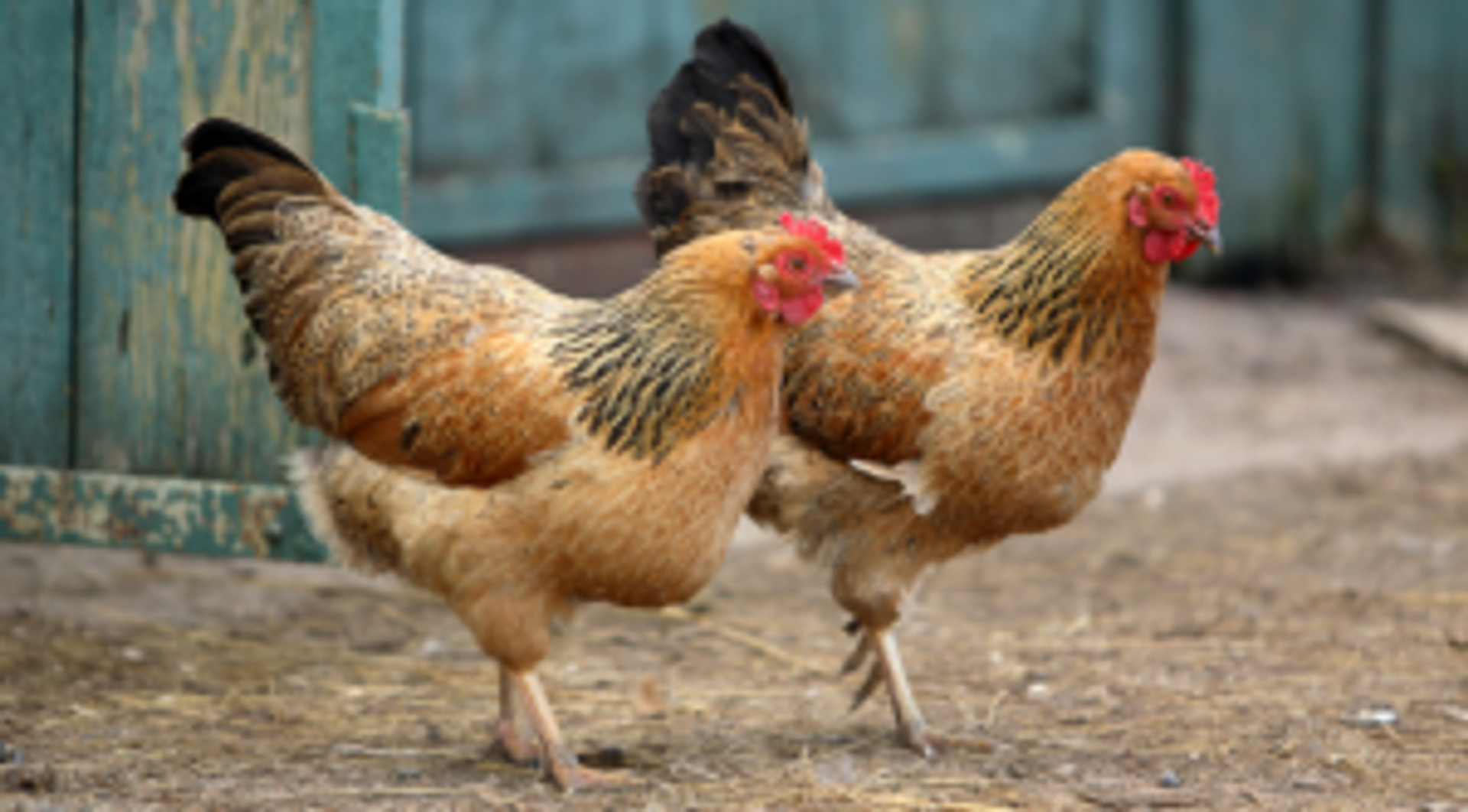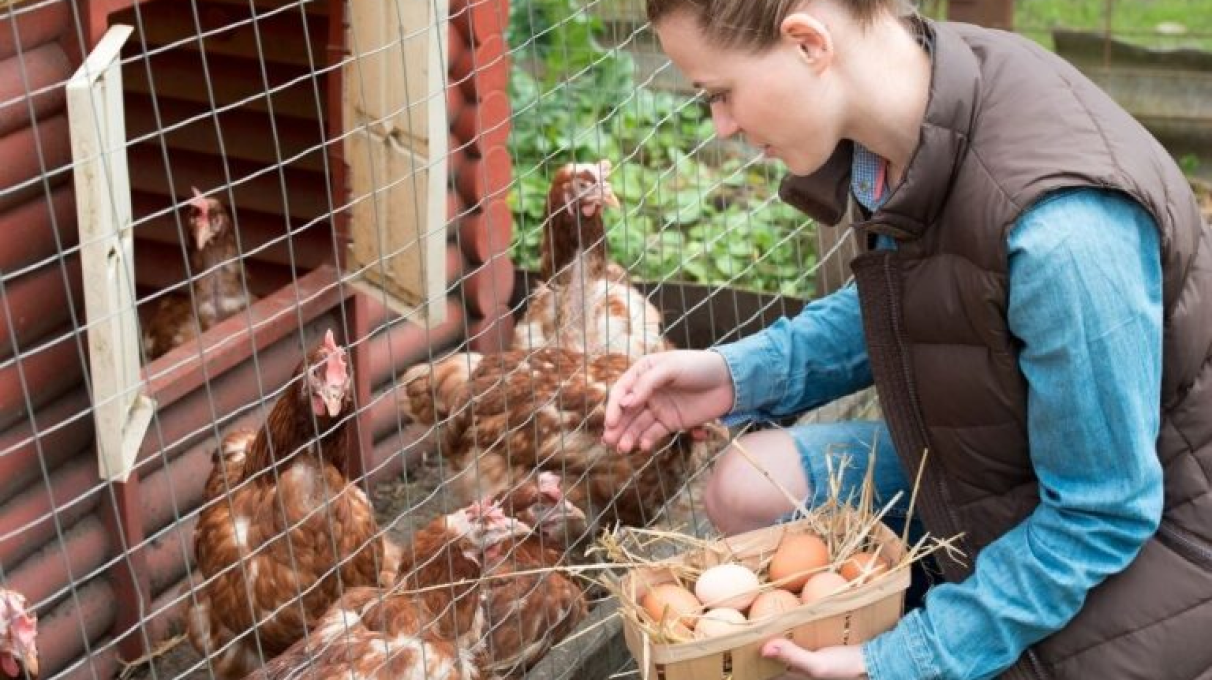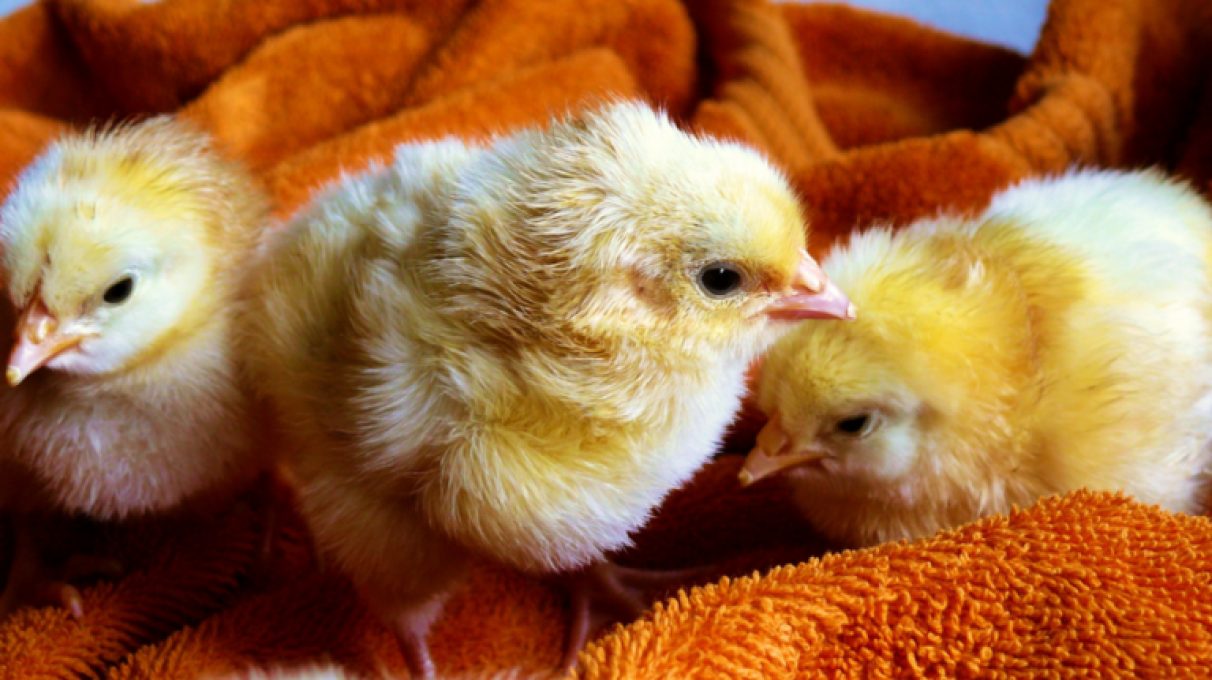Glossary Of Poultry And Waterfowl Terms
ABA: American Bantam Association – One of the national poultry organizations, standards bodies and Judge Licensing organizations for the United States.
Their focus is strictly on large and bantam chickens, ducks, geese and turkeys that are recognized breeds and varieties in the U.S. species that have distinct characteristics that differentiate them from other populations in that species.
Individuals within that population that reproduce with another individual of the population will produce offspring that are recognizable as members of that population. Breeds can further be subdivided into varieties based on differences within the breed.
Capon: A “fixed” male Rooster – the equivalent of a chicken steer.
Chick: The young of birds, particularly chickens and gamebirds.
Chicken: A member of the Pheasant family, chickens probably descended from the Jungle Fowl of Ceylon. Chickens have been domesticated for thousands of years and have been developed into many different chicken breeds and varieties by man. They are an efficient source of protein, producing both meat and eggs. They are one of the most prevalent forms of livestock bred around the world today.
Chook: Australian slang for a chicken
Cockerel: A male chicken (sometimes applied to other species) under 1 year of age.
Cygnet: A baby swan.
Duck: Any of a diverse species of wild and domestic waterfowl. Ranging from tiny Call Ducks to large Muscovie and Rouen Ducks they are omnivorous. In the wild, they are found form the near arctic through the tropics near both fresh and salt water. Ducks have been domesticated for a long time.
Duckling: A baby duck.
Egg: The reproductive element of birds Millions of chicken eggs are produced each year in the United States for human consumption. Duck eggs are popular fare in many parts of the world and Goose eggs are valued for their uses in baking. Hatching eggs refer to fertile eggs that will be set by a hen or hatched in an incubator. A chicken egg must be incubated for 21 days while geese require 30-31 days to hatch.
Gamebirds: Any of several species including Pheasants, Quail and Partridge/Grouse that have traditionally been hunted for food and sport. Gamebirds may be raised in captivity but are not domestic in the sense that chickens are. The term can also be used for Wild turkey and some species of wild waterfowl.
Gander: A male goose.
Goose: The singular of geese or a female goose.
Gosling: A baby goose.
Guinea Fowl: A pheasant-like bird from Africa raised for ornamental qualities, meat, feathers for crafts and fly tying, or vermin control. They are gregarious and very interesting. They are watchful and territorial making them good natural alarms. They can be noisy, tend to be only partially domesticated and if allowed to roam will cover a fairly wide range.
Hen: A female chicken (sometimes applied to other species) over 1 year of age.
Hybrid: A crossbreed – typically used for a purposeful crossing of two species to produce offspring with a unique set of characteristics. Mating two hybrid birds will not produce offspring with the same characteristics of the parents. (See Breed)
Keet: a Guinea Fowl chick.
Bantams: Large fowl typically range in size from four pounds to 13 pounds. They encompass most of the varieties of chickens people are familiar with but are often larger than many people realize. Light breeds of large fowl are primarily egg layers and lay white-shelled eggs. Heavier breeds include the utility and meat breeds and typically lay brown eggs.
Rhode Island Red: A type of bird that has many characteristics of a Standard Rhode Island Red, but is bred for utility purposes and is not appropriate for poultry shows or 4-H showings.
Pullet: A female chicken (sometimes applied to other species) under 1 year of age.
Ratite: The family of birds including Ostriches, Emus and Rheas.
Rooster: A male chicken (sometimes applied to other species) over 1 year of age.
Sex-link: A genetic trait that creates a difference (usually in color) between males and females. Most often this is used to refer to traits that make chicks of different genders visibly distinct for ease of sexing. The term may apply to the gene or characteristic, or is often applied to hybrid crosses that display this characteristic such as the Golden Sex link.
Species: A distinction for a specific type of animal. For example, geese are a species and ducks are a species. There may be many breeds of each species. Typically species cannot interbreed successfully, for example a duck and a goose can not produce offspring together. If species can cross the offspring are typically sterile like a mule (horse x donkey).
Swan: A large elegant species of waterfowl with breeds native around the world. Some breeds are raised for their ornamental qualities, adding a stately grace to ponds and waterways.
Turkey: A large game bird native to the Americas. Wild turkeys are found throughout North and South America and there are a number of domesticated breeds. Males are called toms, females called hens and chicks are known as poults.
Utility: Utility breeds are the traditional “barnyard” birds, bred for a combination of egg laying abilities and meat production capabilities. These are all-purpose breeds.
Variety: within a breed, there may be specific variations known as varieties – For example, a Golden Laced Wyandotte and a Silver Laced Wyandotte would both be recognizable as part o the Wyandotte breed, but each variety has a different color pattern. Typically the term variety is used in reference to a “recognized” variety (see Standard). A bird can be recognizable as a member of a breed, but not be in a recognized variety.




